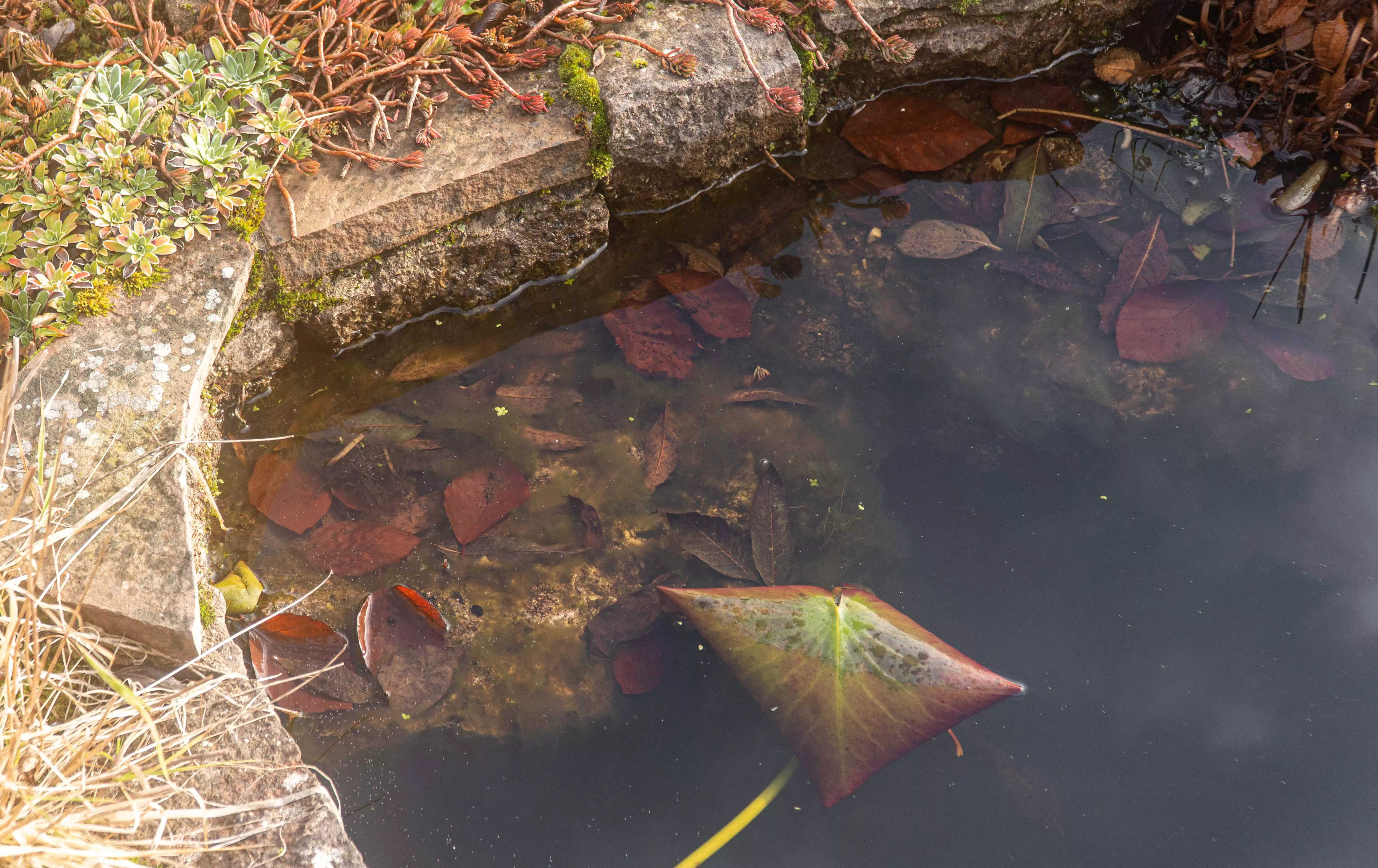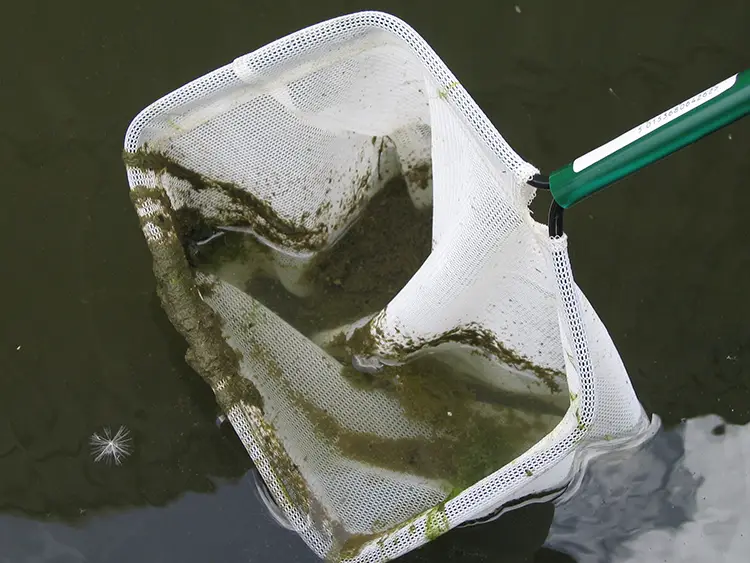Are you dealing with unsightly pond sludge that’s affecting the health and beauty of your pond? Pond sludge, also known as pond muck or sediment, is a common issue that many pond owners face. Not only does it look unpleasant, but it can also have negative effects on the overall ecosystem of your pond. Fortunately, there are several effective methods to get rid of pond sludge and restore the clarity and health of your pond.
Understanding Pond Sludge
Pond sludge is a buildup of organic matter, fish waste, decaying vegetation, and other debris that settles at the bottom of ponds over time. This sludge can create an oxygen-deprived environment that is harmful to fish and other aquatic life. In addition to affecting water quality, pond sludge can also contribute to foul odors and algae blooms.

Credit: m.youtube.com
Methods to Get Rid of Pond Sludge
There are several ways to effectively remove pond sludge and improve the overall health of your pond. Here are some proven methods to consider:
1. Manual Removal
One of the most straightforward ways to get rid of pond sludge is through manual removal. This involves physically scooping out the sludge using a net or pond vacuum. While this method can be time-consuming, it is effective for targeting specific areas of heavy sludge buildup.
2. Beneficial Bacteria
Introducing beneficial bacteria to your pond can help break down organic matter and reduce the formation of sludge. These bacteria work by digesting nutrients that contribute to sludge buildup, ultimately improving water clarity and quality. Consider using a high-quality bacterial treatment specifically formulated for ponds.
3. Aeration
Aeration is a key factor in preventing and reducing pond sludge. By adding an aeration system to your pond, you can increase oxygen levels in the water, promoting the growth of beneficial bacteria that break down sludge and improve overall water quality. Aeration also helps prevent stratification, which can lead to nutrient buildup and sludge formation.
4. Pond Dye
Using pond dye can help limit sunlight penetration into the water, which in turn reduces the growth of algae and other plants that contribute to sludge formation. By applying pond dye regularly, you can maintain water clarity and reduce the accumulation of organic matter that leads to sludge buildup.
5. Mechanical Dredging
For ponds with a significant amount of sludge buildup, mechanical dredging may be necessary. This involves using specialized equipment to remove sludge from the bottom of the pond. While mechanical dredging is a more intensive and costly method, it can be highly effective for restoring the health and appearance of severely impacted ponds.

Credit: www.envii.co.uk
Preventing Pond Sludge
Prevention is key when it comes to managing pond sludge. By implementing the following practices, you can help prevent sludge buildup and maintain a healthy pond ecosystem:
1. Regular Maintenance
Performing routine maintenance tasks such as removing debris, trimming vegetation, and monitoring water quality can help prevent the accumulation of sludge in your pond. Regular maintenance also allows you to address potential issues before they escalate.
2. Proper Filtration
Investing in a quality filtration system for your pond can help remove excess nutrients and debris that contribute to sludge formation. Be sure to clean and maintain your filtration system regularly to ensure optimal performance.
3. Limit Feeding
Overfeeding fish can lead to an increase in fish waste, which can contribute to sludge buildup. Be mindful of how much you feed your fish and avoid overfeeding to prevent excess nutrients from entering the water.
4. Control Runoff
Minimize the amount of runoff entering your pond by redirecting rainwater away from the pond and installing erosion control measures. Runoff can introduce pollutants and nutrients that fuel sludge formation, so managing runoff is essential for maintaining water quality.
Conclusion
Dealing with pond sludge can be a challenging task, but with the right approach and maintenance practices, you can effectively manage and prevent sludge buildup in your pond. Whether you opt for manual removal, beneficial bacteria treatments, aeration, or other methods, taking proactive steps to address pond sludge will help keep your pond healthy and beautiful for years to come.
By understanding the causes of pond sludge and implementing appropriate solutions, you can enjoy a clear, thriving pond that enhances the beauty of your outdoor space and provides a healthy habitat for fish and wildlife.


